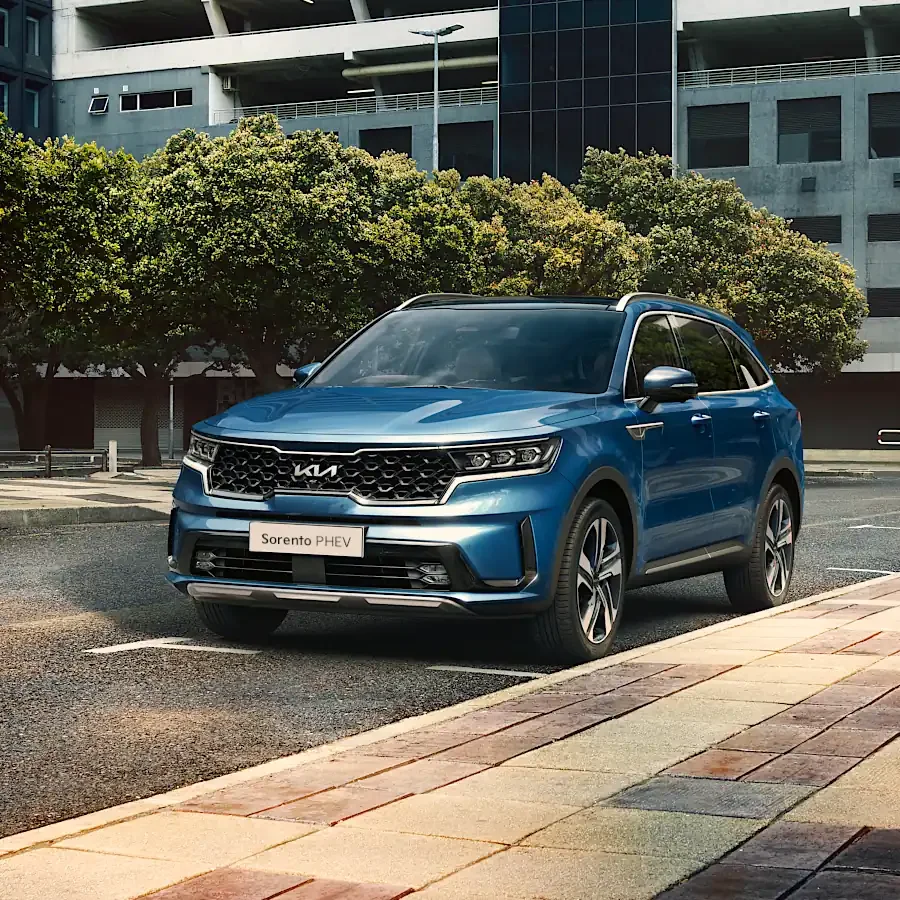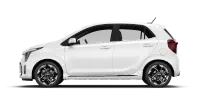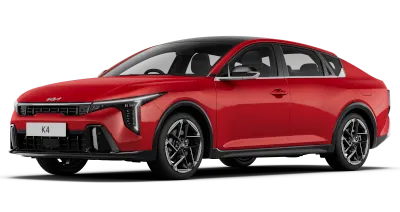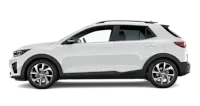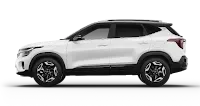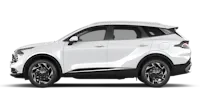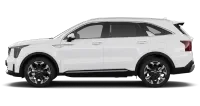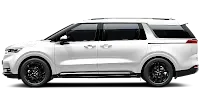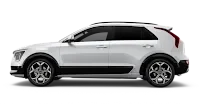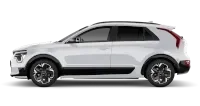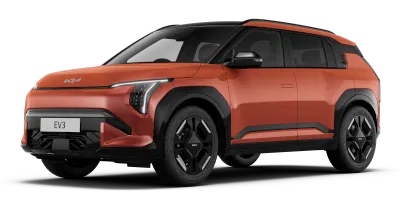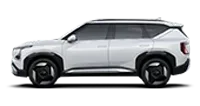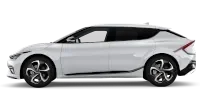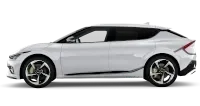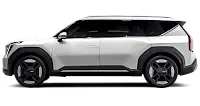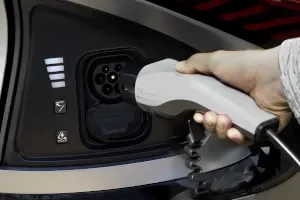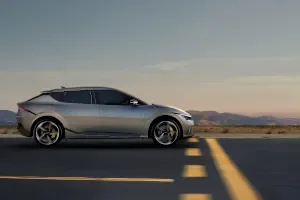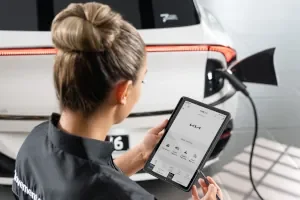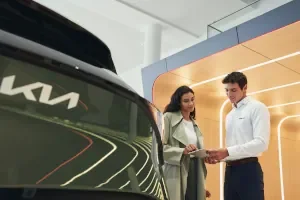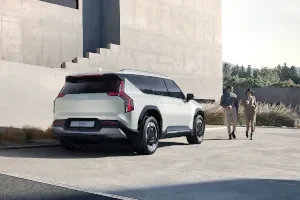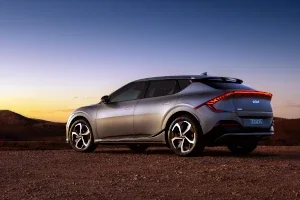Kia EV9
All-electric large SUV
Re-envisioning electric SUV design, the all-new Kia EV9 is our flagship 7-seat SUV. Equipped with pioneering technology never before seen in a Kia, our statement luxury EV perfectly combines sophistication & versatility.
Explore the EV9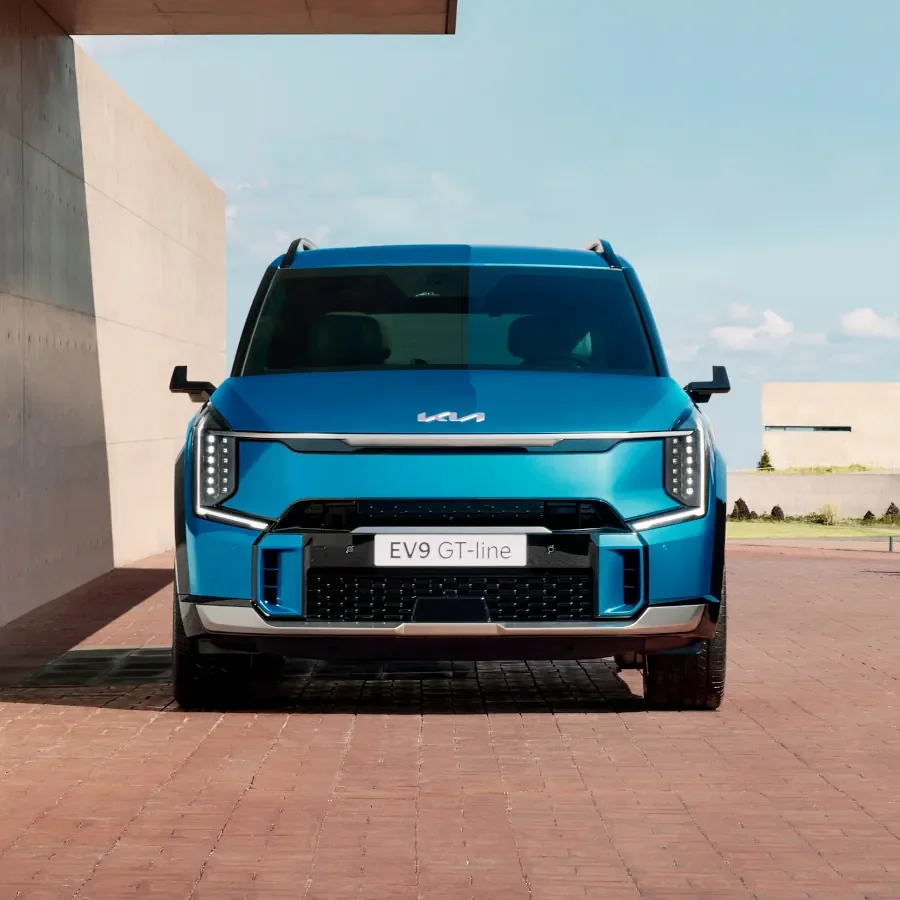
Kia EV6
Performance all-electric crossover SUV
Road blazing performance is not the first thought that comes to mind when thinking of EVs.
Enter the Kia EV6, offering super-car like acceleration and outstanding braking performance. A dedicated Battery EV (BEV) platform combined with an Australian Tuned Chassis delivers confident and controlled cornering and compliant ride comfort. Fall in love with driving again.
Explore the EV6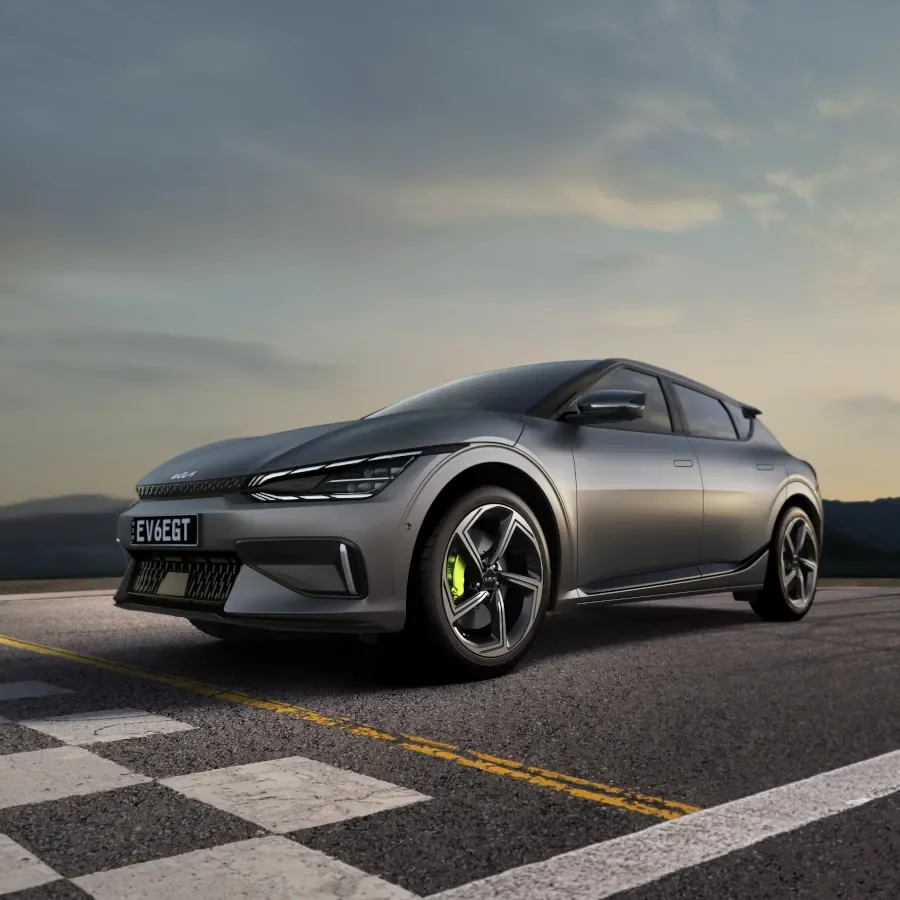
Kia Niro
All-electric & hybrid crossover SUV
Sleek yet striking, with bold head-turning design both stylish and aerodynamic, the Kia Niro SUV is built to enhance the everyday
Innovation, comfort & versatility is at its core with a full complement of advanced connectivity and smart safety features. Available in both hybrid & pure electric.
Explore the Niro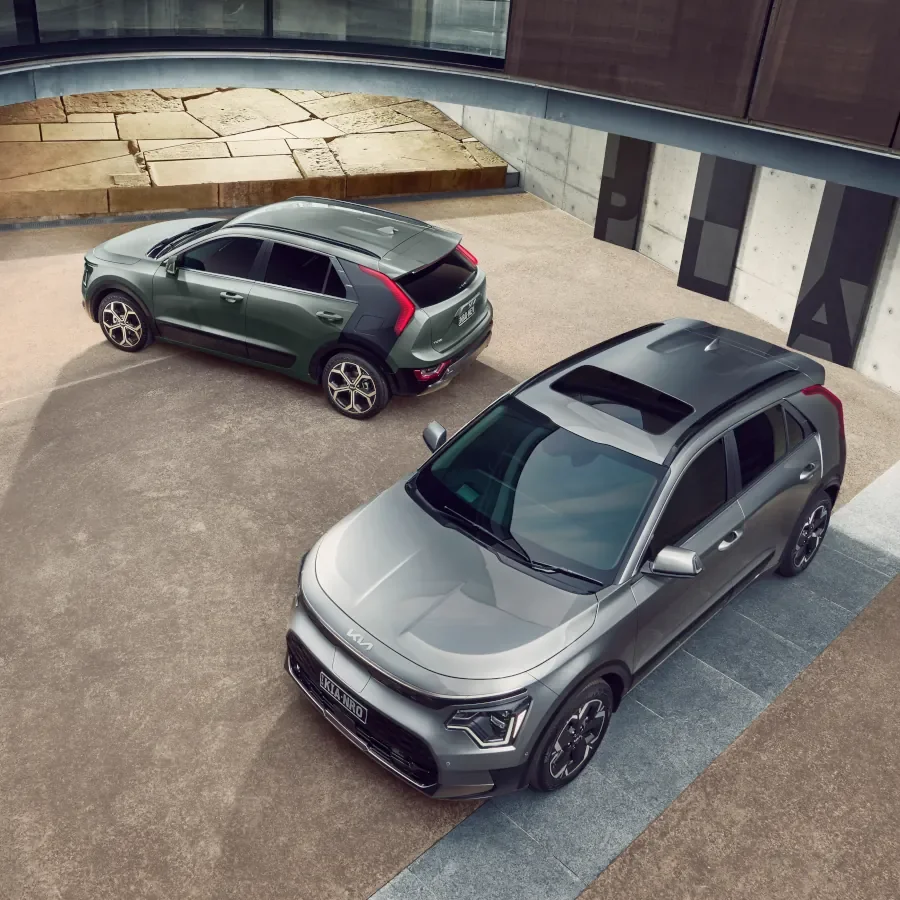
Kia Sorento Hybrid
Hybrid & plug-in hybrid large SUV
A multi award-winning 7-seat icon returns with next-gen hybrid (HEV) & plug-in hybrid (PHEV) powertrains. Ready for any family adventure, enjoy the efficiency and flexibility of the hybrid or the ease and convenience of the plug-in hybrid.
Experience power the efficient way.
Explore the Sorento